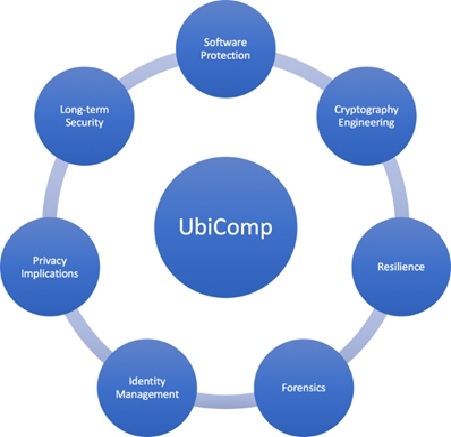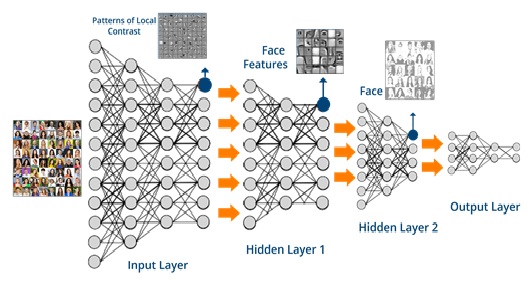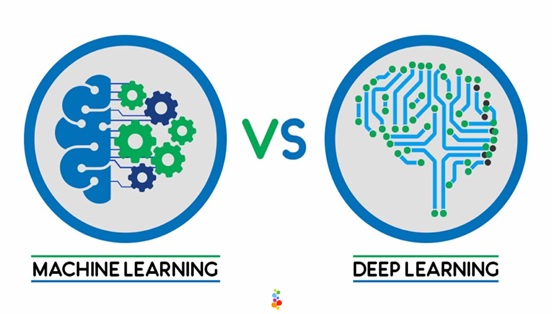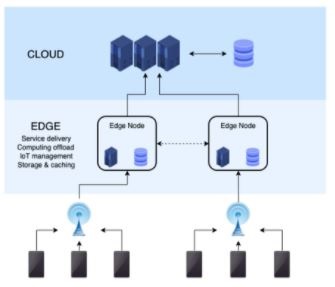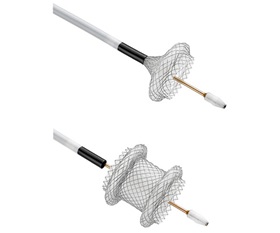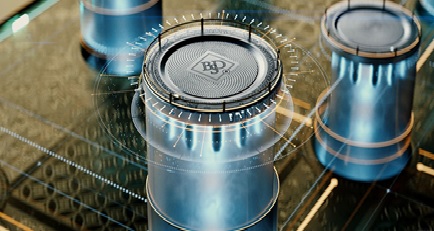A Quantum "Goblet" Could Unlock the Future of Computing
Empa Researchers Advance Quantum Computing Using Nanographene Spin Chains
Empa researchers have made a major breakthrough in quantum computing by creating and manipulating Heisenberg spin chains using nanographene molecules.
Unlike classical computers that use bits (0 or 1) for information, quantum computers use qubits, capable of existing in superposition—both 0 and 1 simultaneously—enabling them to solve complex problems rapidly. However, a key challenge is linking qubits to enable communication.
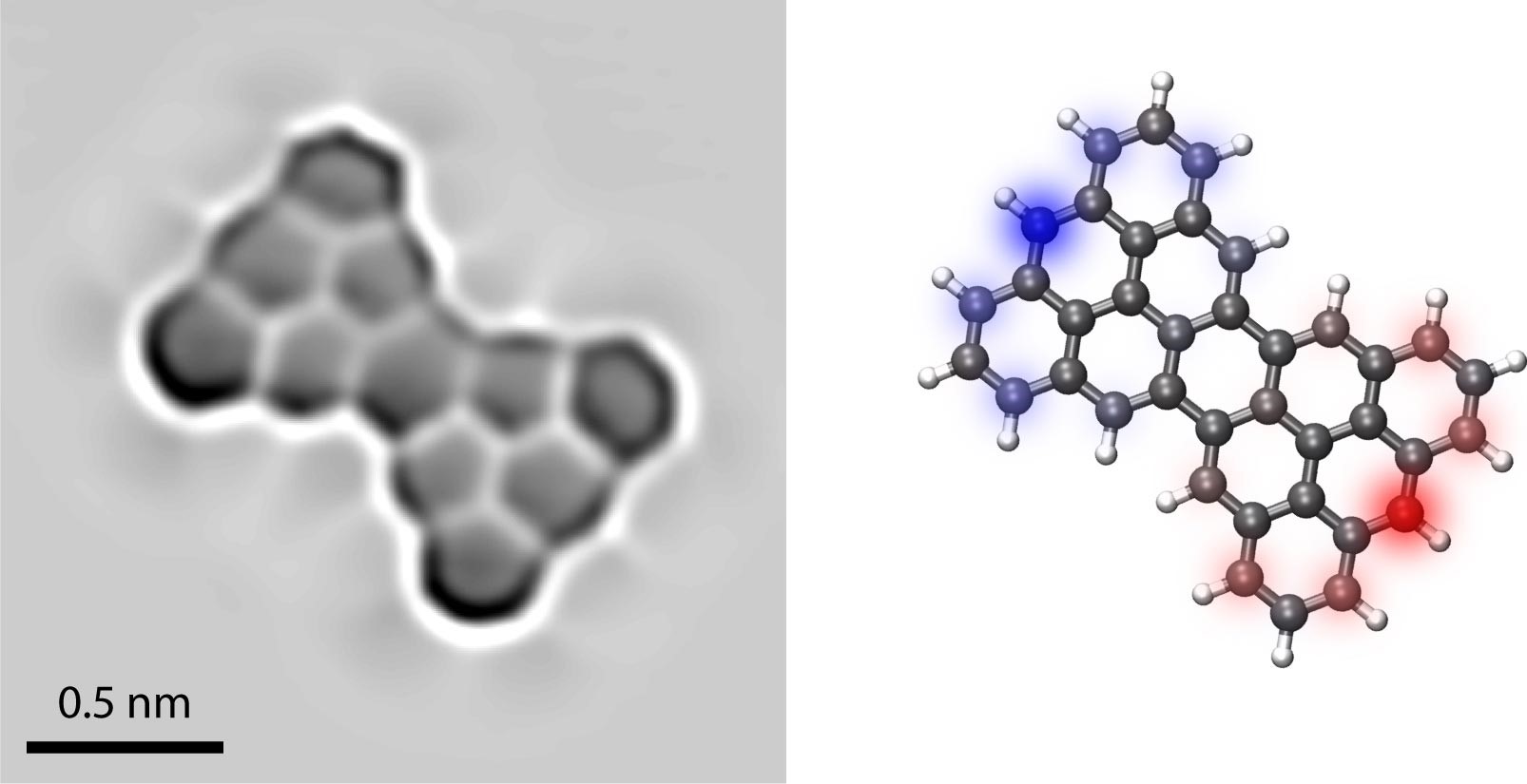
Figure 1. Nanographene Molecules.
The researchers utilized electron spin alignment, where spins act like tiny magnets pointing up (1) or down (0). By entangling spins, they can influence each other’s state, potentially paving the way for scalable quantum computing. Figure 1 shows nanographene molecules.
Empa Researchers Create Artificial Quantum Material Using Nanographene Spin Chains
Empa researchers, in collaboration with scientists from the International Iberian Nanotechnology Laboratory and the Technical University of Dresden, have successfully created and manipulated Heisenberg spin chains using nanographene molecules, enabling controlled interaction between spins [1]. Their findings, published in Nature Nanotechnology, mark a major step toward practical quantum computing.
The team used Clar’s Goblet, a nanographene molecule with eleven carbon rings arranged in an hourglass shape, featuring unpaired electrons at each end with distinct spins. This design allowed them to build artificial spin chains and study their quantum interactions. Although the Heisenberg model, proposed nearly a century ago, has been theoretically understood, creating such controlled spin chains in materials remained a challenge—until now. This breakthrough brings quantum computers closer to reality.
Empa Researchers Build Quantum Spin Chains Using Linked Clar’s Goblets
Empa researchers have successfully linked Clar’s Goblet molecules on a gold surface, forming chains with alternating spin interactions—weak within each molecule and strong between molecules—perfectly matching the alternating Heisenberg model. This breakthrough allowed them to precisely control the chain length, selectively switch individual spins on or off, and manipulate their states, enabling an in-depth study of complex quantum interactions.
According to Roman Fasel, head of Empa’s nanotech@surfaces laboratory, this achievement demonstrates how theoretical quantum models can be realized using nanographenes, opening new avenues in quantum research. The team believes that different nanographene configurations could form more complex spin chains, advancing practical quantum computing.
The success of this study was made possible through interdisciplinary collaboration. Chemists at Dresden University of Technology provided the base molecules, while the International Iberian Nanotechnology Laboratory contributed theoretical expertise [2]. The researchers are now set to publish another study demonstrating a new Heisenberg chain with uniform spin interactions.
Reference:
- https://scitechdaily.com/a-quantum-goblet-may-hold-the-key-to-the-future-of-computing/
- https://www.nature.com/articles/s41565-024-01805-z
Cite this article:
Keerthana S (2025), A Quantum "Goblet" Could Unlock the Future of Computing, AnaTechMaz, pp. 339




